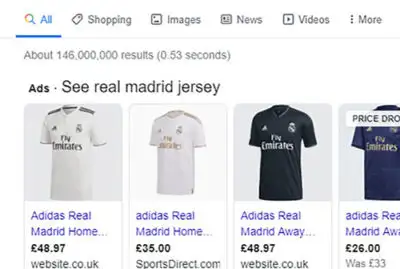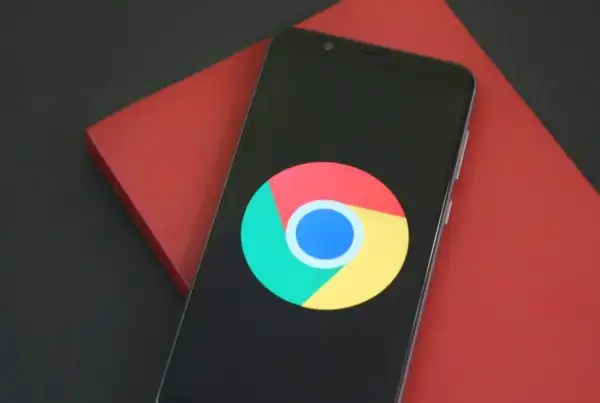A post on the YouTube official blog has announced the arrival of in-video advertising, in beta, in the US market. This is something that has been long expected by the SEM and overall marketing community. Initial user reaction has nevertheless been extremely negative.
According to Zachary Rodgers at the Clikz network, the new ad format has been in testing for several weeks. The new ad product consists of animated bars that obscure the bottom 20 percent of the video frame for a given clip. They initiate 15 seconds after the beginning of a clip, an interval YouTube selected because “it takes users 10 seconds to become acclimated to what they are watching,” according to Shiva Rajaraman, YouTube Product Manager.
YouTube has set a $20 CPM for InVideo ads. This includes the ad banner accompanied by a tiny in-player companion ad and an adjacent in-page unit. During the testing phase only a limited number of brands have been invited to advertise. They include Universal Studios, Twentieth Century Fox, BMW and about 15 others.
Ford Models, Warner Music Group and Roadrunner Records are some of the content producers invited to take part in InVideo during the test period. They will also receive a share of the revenues generated by InVideo Ads. The majority of content YouTube shared during a press briefing consisted of ads placed within music videos.
Interestingly, user 45n5 on YouTube posted a video showing the in-video ads back in the first week of July 2007.
Even though InVideo overlays are “80 percent transparent” and remain visible for approximately 10 seconds before shrinking to a small button that users can later click to view the marketing message again, the reaction from end users has been vehemntly negative.
Comments on videos featuring ads have ranged from “I’m not watching any YouTube videos that have ads in them.” to “We should go to other video sharing websites”.
However, this is just the initial reaction, and people are likely to learn to ignore these ads if they’re irrelevant, just like they currently ignore sponsored listings that aren’t relevant on the Google search results pages.









